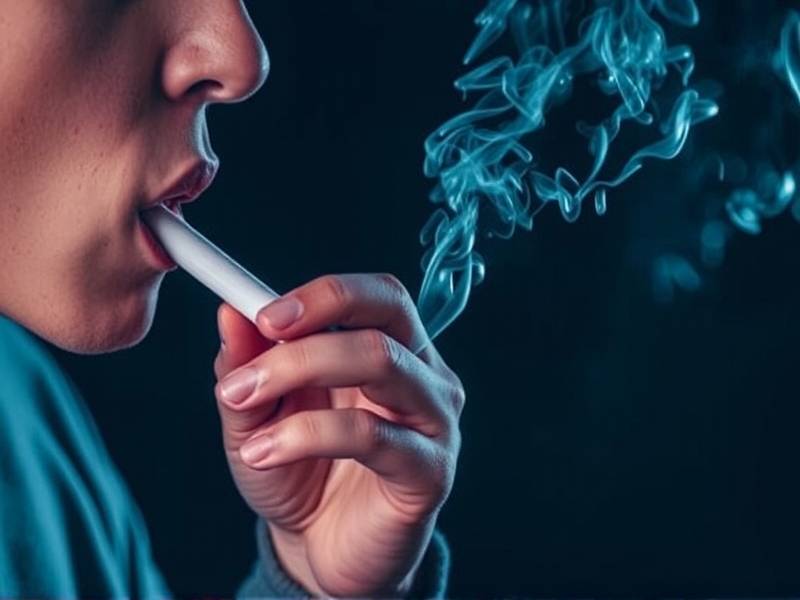How Can I Quit Smoking Crack? Effective Methods and Support
Introduction to Quitting Crack Smoking
Crack cocaine, also known as crack, is a highly addictive substance that can have severe and long-lasting effects on the user's physical and mental health. If you're struggling with crack addiction, it's important to understand that quitting is possible with the right methods and support. In this article, we will explore effective strategies for quitting crack smoking and the support systems available to help you on your journey to recovery.
Understanding the Challenge
Before diving into the methods for quitting crack smoking, it's essential to recognize the unique challenges associated with this addiction. Crack is a potent stimulant that produces a rapid and intense high, making it particularly difficult to quit. The withdrawal symptoms can be severe and include depression, anxiety, insomnia, and intense cravings. It's crucial to approach this challenge with patience and determination.
Effective Methods for Quitting Crack Smoking
1. Seek Professional Help
The most effective way to quit smoking crack is through professional help. A healthcare provider can offer personalized treatment plans that may include medication-assisted therapy (MAT), counseling, and support groups.

2. Gradual Reduction
For some individuals, gradually reducing their crack intake may be a more manageable approach. This method involves slowly decreasing the amount of crack smoked over time until reaching zero consumption.

3. Alternative Activities
Engaging in healthy activities can help distract from cravings and provide a sense of accomplishment. Consider hobbies like exercise, meditation, or joining a community group.
4. Support Systems
Building a strong support system is crucial during recovery. This can include family members, friends, or support groups like Narcotics Anonymous (NA).
Support Systems for Quitting Crack Smoking
1. Counseling Services
Professional counseling can provide personalized guidance on managing cravings and dealing with triggers. Therapy can also help address underlying issues contributing to addiction.
2. Support Groups
Support groups like NA offer a safe space for individuals struggling with addiction to share experiences and receive encouragement from others facing similar challenges.
3. Medication-Assisted Treatment (MAT)
MAT involves using medications such as methadone or buprenorphine to reduce withdrawal symptoms and cravings while allowing users to gradually reduce their intake of crack cocaine.
Conclusion: A Journey Towards Recovery
Quitting smoking crack is a challenging journey that requires patience, determination, and support. By exploring effective methods such as seeking professional help, gradual reduction, engaging in alternative activities, building a strong support system, utilizing counseling services, participating in support groups like NA, and considering medication-assisted treatment (MAT), individuals struggling with crack addiction can increase their chances of successful recovery.
Remember that recovery is possible with the right tools and resources at your disposal. Embrace your journey towards sobriety one step at a time—your health and well-being are worth it!
